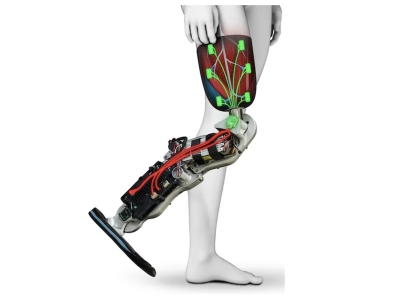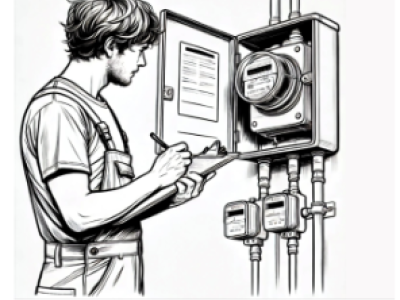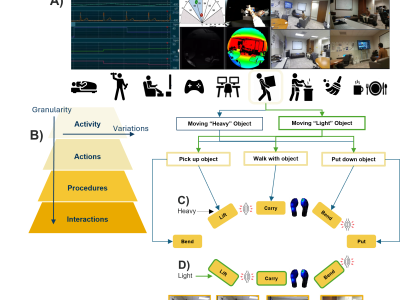
Surface electromyography (EMG) can be used to interact with and control robots via intent recognition. However, most machine learning algorithms used to decode EMG signals have been trained on small datasets with limited subjects, impacting their generalization across different users and tasks. Here we developed EMGNet, a large-scale dataset for EMG neural decoding of human movements. EMGNet combines 7 open-source datasets with processed EMG signals for 132 healthy subjects (152 GB total size).
- Categories:







